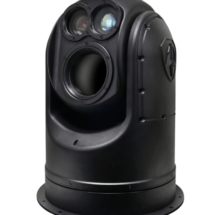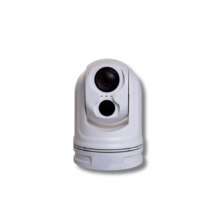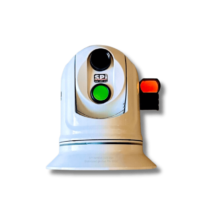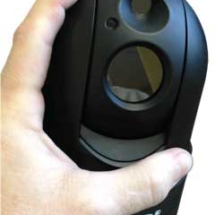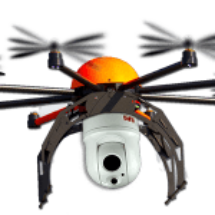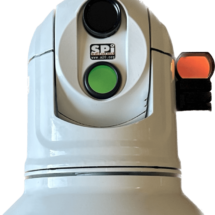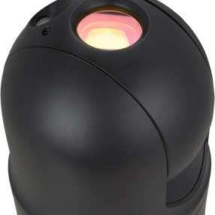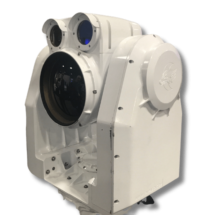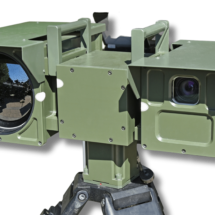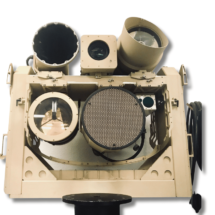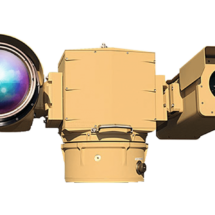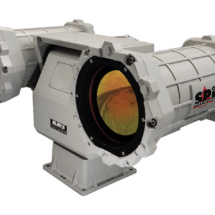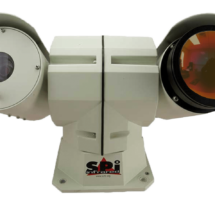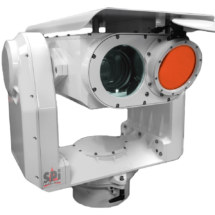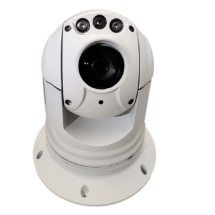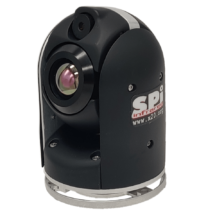The Firefighter’s Sixth Sense

Introduction: The New Age of Airport Security
In the thick of a raging fire, amid billowing smoke and intense heat, visibility can drop to virtually zero. Yet, firefighters navigate these infernos with an uncanny ability to locate trapped individuals and hotspots. Their secret? The powerful world of thermal imaging.
What is Thermal Imaging?
At its core, thermal imaging is a technology that translates heat – or more technically, infrared radiation – into visible light, producing images based on temperature differences. Every object emits some form of infrared radiation, and the hotter it is, the more it emits.
Thermal cameras, also known as infrared cameras, capture this radiation and present it in a visual format, highlighting temperature variations.
Why is it Essential for Firefighters?
Seeing Through Smoke: Traditional vision relies on visible light. In smoke-filled environments, this light is scattered, making it near-impossible to see. Thermal cameras, however, are unaffected by smoke, allowing firefighters to see heat sources and navigate more effectively.
Locating Victims: In a rescue scenario, seconds can mean the difference between life and death. Using thermal imaging, firefighters can quickly pinpoint the heat signatures of trapped individuals, even if they’re unconscious or obscured by smoke.
Identifying Hotspots: Not all dangers in a fire are visible. Hidden embers or sections of a building that are particularly hot can pose significant risks. Thermal imaging allows firefighters to identify and address these threats, ensuring they don’t reignite or cause structural collapse.
Using advanced sensors and algorithms, thermal cameras can produce clear images even in complete darkness, fog, or smoke.
The Technical Side of Firefighting Thermal Cameras
Modern firefighting thermal cameras are marvels of engineering. Here’s a glimpse into their features:
- High Thermal Sensitivity: These cameras can detect minute differences in temperature, often as little as 0.1°C, enabling them to produce detailed thermal maps of an area.
- Dynamic Range: Given the extreme temperatures in fires, these cameras are designed to operate over a vast temperature range, from the cold of a winter’s night to the intense heat of a blazing inferno.
- Rugged Design: Built to withstand the rigors of firefighting, these cameras are often shock-resistant, water-resistant, and can endure high temperatures without malfunctioning.
- Color Palettes: Different color palettes, like grayscale or “ironbow,” help highlight temperature differences. Warmer areas might be shown in bright white or red, while cooler areas could be in black or blue, aiding in quick interpretation.
How Do Thermal Cameras Withstand The Heat?
Thermal cameras, especially those used by firefighters, operate under conditions that would destroy most electronic devices. The intricate design and engineering behind these cameras are nothing short of impressive. Let’s delve into the specifics of how these cameras manage to endure such extreme temperatures.
- Heat-Resistant Materials:
- Ceramics: Many thermal cameras utilize ceramics in their outer casings. Ceramics are known for their high melting points and excellent thermal resistance.
- Silicon Carbide (SiC): This compound, often used in high-temperature applications, offers superior heat resistance and strength, making it a prime choice for parts of the camera’s exterior.
- Titanium Alloys: Light, strong, and resistant to corrosion even at high temperatures, titanium alloys are sometimes used in the construction of thermal camera casings.
- Internal Cooling Mechanisms:
- Heat Sinks: These are passive cooling elements made of metals like aluminum or copper. They absorb and disperse the heat away from the internal components of the camera.
- Peltier Coolers: This is an active cooling mechanism that uses electricity to create a temperature difference and thus transfer heat from one side of the device to the other, keeping sensitive components cool.
- Liquid Cooling Systems: Similar to systems used in high-performance computers, some advanced thermal cameras use liquids (often special coolants) to absorb and transfer heat away from the device.
- Insulation:
- Aerogel: Often dubbed ‘frozen smoke,’ aerogel is a lightweight material that provides exceptional thermal insulation. Its structure, comprised of a gel in which the liquid component has been replaced by a gas, minimizes heat transfer.
- Polyimide Foams: These are high-performance foams known for their excellent thermal and acoustic insulation properties. They protect the camera’s internal components from external heat.
- Reflective Surfaces:
- Gold or Silver Coating: Many thermal cameras incorporate thin coatings of gold or silver on their exteriors. These metals reflect infrared radiation, thereby reducing the amount of heat absorbed by the camera. It’s the same principle behind astronauts’ gold-coated visors, which reflect solar radiation and protect them from the sun’s intense heat.
By combining these specialized materials and innovative engineering solutions, thermal cameras are crafted to be the unsung heroes on the frontline with firefighters. They not only survive the scorching temperatures but continue to function optimally, providing invaluable information that can save lives and property.
Videos Demonstrating Thermal Camera Range:
Welcome To UAV1
All Things Thermal
At UAV1 we specialize in advanced thermal, night vision, and IR imaging cameras and systems. We custom design and build comprehensive long range surveillance cameras for mounted, vehicle, and mobile imaging operations.
Long Range Thermal Imaging PTZ Cameras
Long Range Thermal PTZ Cameras with IR rangefinders, auto-tracking, and up to 60km detection range.
Thermal Drone Cameras For Commercial and Personal Use
Micro thermal cameras designed specifically for drones, UAVs, and UAS, some weighing less than 160 grams, for extended range observation.
Night Vision Products
Night vision scopes, clip-on sights, accessories, and goggles tailored for military and hunting applications.
About UAV1
At UAV1, we harness the power of thermal imaging to offer solutions tailored to your company’s specific needs. Whether you’re looking to monitor infrastructure, conduct surveillance in low-light conditions, or detect energy inefficiencies in buildings, our state-of-the-art thermal cameras can provide unparalleled insights.
But why choose UAV1?
- Advanced Technology: Our thermal cameras are equipped with high-resolution sensors, ensuring that you receive clear and detailed thermograms for accurate analysis.
- Versatility: Suitable for a range of applications, our solutions can be customized to fit your industry’s requirements.
- Expertise: Our team of professionals is well-versed in the intricacies of thermal imaging, ensuring that you get the most out of our technology.
- Continuous Support: From initial consultation to post-deployment assistance, we’re with you every step of the way.
Thermal imaging is more than just a tool; it’s a window into a world unseen. Discover its potential and elevate your company’s operations to new heights. To explore how UAV1 can be your partner in this journey, contact us today.

